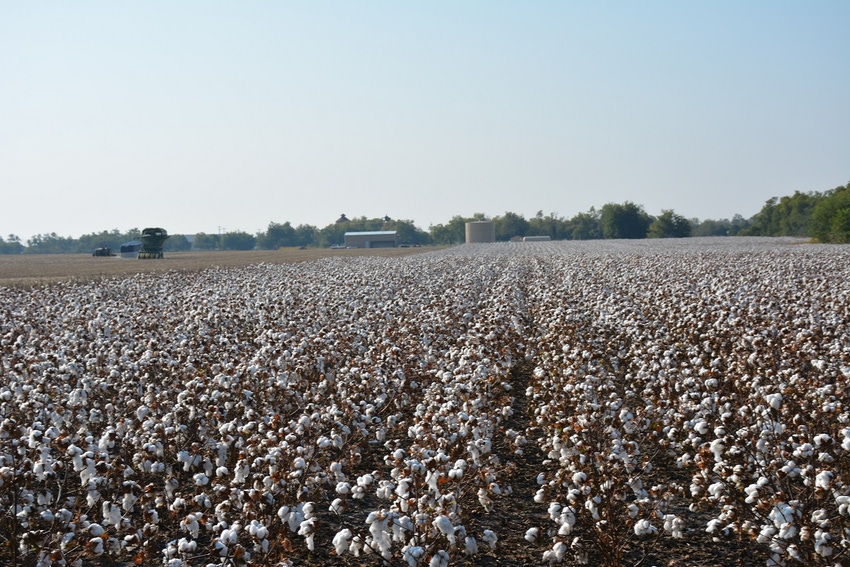March 13, 2015

USDA’s March supply and demand report was a non-event for cotton. The March U.S. cotton balance sheet was not changed compared to the February numbers. The March projections of world supply and demand contained no real surprises either.
USDA lowered the estimate of world production by 130,000 bales, with decreases in Central Asia and elsewhere outweighing small production increases in Pakistan and West Africa. Projected world consumption was adjusted downward by a quarter million bales, mostly from another large downshift in forecasted Chinese consumption. This was partially offset by small increases in consumption in Indonesia, Bangladesh, and Vietnam. The bottom line was a 220,000 bale increase in forecasted world ending stocks, to 110.06 million bales.
The most relevant aspect of this tinkering is the recent down trend in Chinese mill use. Since December, USDA has cut two million bales from their forecast of Chinese consumption. For the old crop outlook, the focus will continue to be on these consumption forecasts, and the pace of U.S. exports.
For the latest on southwest agriculture, please check out Southwest Farm Press Daily and receive the latest news right to your inbox.
The lack of fundamental old crop news has given the market room to be influenced by technical and speculative forces. We have seen that recently with the 5-cent plus price rally that started in late January (see Figure 1). That rally was primed by a huge spike in export sales, then fueled by hedge funds covering their short positions, and finally by outright speculative buying. The pattern of the hedge fund positioning is evident from both CFTC data and the declining/rising open interest during the price rally (Figure 1). Lastly, the price decline at the end of February may have resulted from those same hedge funds reacting to technical indications or predictions of a downtrend. This pattern of speculatively fueled bouncing around is typical until a significant change in the fundamental picture occurs (which in the case of old crop futures is most likely to be on the demand side).
More on markets
Watch for futures, basis movements to market grain
COTTON SPIN: What is the quality of the Chinese cotton reserves?
The new crop fundamental outlook remains somewhat neutral, based on USDA’s tentative numbers for 2015 ending stocks and prices. By neutral, I mean they are not projecting 2015/16 ending stocks to be much changed from the prior marketing year. That, in turn, suggests a similar price range for the 2015 crop that we are currently seeing for the 2014 crop. The new crop outlook is subject to potentially more sources of change.
In addition to consumption and trade trends, the market will continue to focus on the new crop production prospects. We already have one benchmark of planted acres with the National Cotton Council’s forecast of 9.4 million acres. USDA’s Prospective Plantings report on March 31 will give us an updated picture. For example, we will see that wet weather has prevented some corn plantings, which may then get planted to soybeans or cotton. In the drier parts of Texas, we will be looking for confirmation about cotton acres switching to grain sorghum or staying in wheat.
For additional thoughts on these and other cotton marketing topics, please visit my weekly on-line newsletter at http://agrilife.org/cottonmarketing/.
About the Author(s)
You May Also Like




